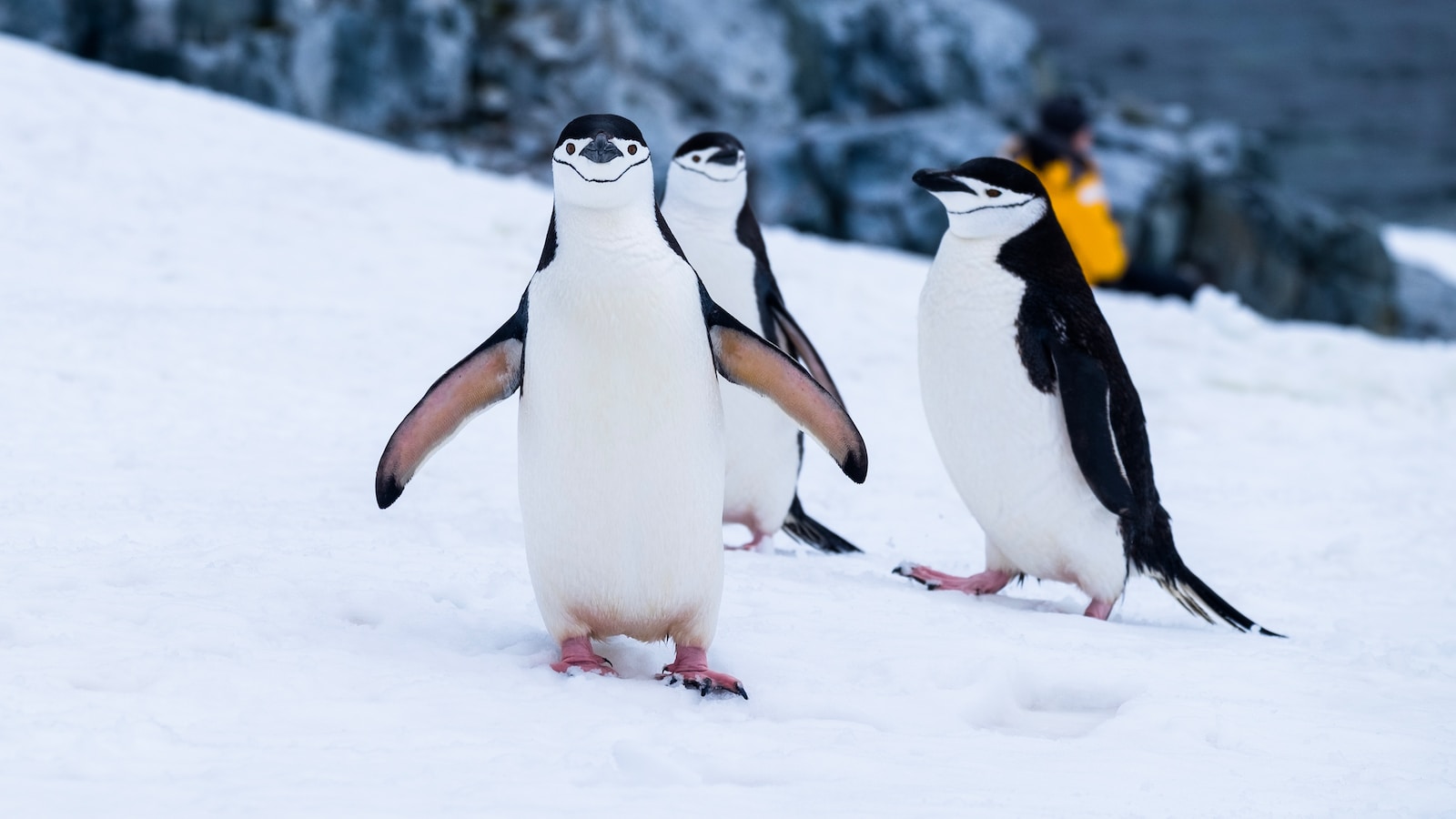Table of Contents
ToggleIntroduction:
Every year on April 25th, people around the world celebrate World Penguin Day, a day dedicated to raising awareness about the plight of penguins and their importance to the ecosystem. Penguins are fascinating creatures that captivate our imagination with their unique features, quirky behavior, and undeniable cuteness. In this article, we will explore the world of penguins, their habitat, behavior, and conservation efforts.
What is World Penguin Day?
World Penguin Day is an annual celebration that takes place on April 25th, the same day that Adelie penguins begin their migration northward. The purpose of the day is to raise awareness about the plight of penguins and their importance to the ecosystem. The day was first celebrated in 1972 by the Southern Hemisphere countries of Argentina, Chile, and Uruguay, who signed the Antarctic Treaty to protect the continent’s wildlife, including penguins.
Fascinating Facts about Penguins:
Penguins are flightless birds that are perfectly adapted to life in the water. Here are some interesting facts about these fascinating creatures:
- Penguins are found exclusively in the Southern Hemisphere, with the majority of species living in Antarctica.
- Penguins can swim at speeds of up to 22 miles per hour, making them one of the fastest swimming birds.
- Unlike most birds, penguins have solid bones, which make them less buoyant in water and better able to dive deep.
- Emperor penguins are the tallest and heaviest of all penguin species, standing at nearly 4 feet tall and weighing up to 90 pounds.
- Penguins are social creatures that form large colonies for breeding and protection.
- Penguins have a unique way of keeping warm in the frigid Antarctic temperatures. They huddle together in large groups, taking turns to move to the center of the group to stay warm.
Penguin Habitat:
Penguins are found in a variety of habitats, from the icy waters of Antarctica to the temperate forests of South America. Most penguin species are found along the coastlines of the Southern Hemisphere, where they feed on fish, krill, and other small marine animals. Penguins are perfectly adapted to life in the water, with streamlined bodies, webbed feet, and waterproof feathers that keep them warm and dry.
Behavior and Reproduction:
Penguins are fascinating creatures with a unique set of behaviors and reproductive strategies. Most penguin species mate for life, forming bonds that last for many years. During breeding season, male penguins will court their female counterparts with elaborate displays of dance and song. Once the female has laid her egg, the male will take over the incubation duties while the female goes off to feed.
Conservation Efforts:
Penguins are facing a number of threats to their survival, including climate change, overfishing, and habitat loss. Many penguin species are considered endangered or vulnerable, and conservation efforts are underway to protect these beloved creatures. Organizations such as the World Wildlife Fund and the Antarctic Treaty are working to protect penguin habitats, reduce fishing pressure, and raise awareness about the importance of penguins to the ecosystem.
Conclusion:
World Penguin Day is a day to celebrate the beloved flightless birds of the Antarctic and raise awareness about the threats they face. Penguins are fascinating creatures that captivate our imagination with their unique features and quirky behavior. By learning about penguins and supporting conservation efforts, we can help to protect these amazing creatures for generations to come.
In conclusion, World Penguin Day is a reminder of the important role penguins play in the ecosystem and the need to protect them. By celebrating these unique and fascinating creatures, we can raise awareness about their plight and inspire others to take action to conserve them.
FAQs
Q: What are 5 facts about penguins?
A: Here are five interesting facts about penguins:
- Penguins are flightless birds that are found exclusively in the Southern Hemisphere.
- Penguins use a unique form of communication, including vocalizations and body language, to communicate with one another.
- Penguins have a thick layer of blubber and feathers that help them stay warm in the frigid Antarctic temperatures.
- Penguins can hold their breath for up to 20 minutes while underwater, allowing them to dive to great depths in search of food.
- Penguins are social creatures that form large colonies for breeding and protection.
Q: Is penguin a bird, yes or no?
A: Yes, penguins are birds. They are a type of flightless bird that has adapted to life in the water.
Q: Is a penguin a fish or an animal?
A: Penguins are animals, not fish. Although they spend most of their time in the water, penguins are warm-blooded, air-breathing animals that are classified as birds.
Q: What is special about penguin animals?
A: Penguins are unique animals that have adapted to life in some of the harshest environments on Earth. They have a number of special adaptations that make them perfectly suited to their aquatic lifestyle, including streamlined bodies, waterproof feathers, and webbed feet. Penguins are also highly social creatures that form strong bonds with their mates and offspring.
Q: Emperor penguin?
A: The emperor penguin is the largest of all penguin species, standing at nearly 4 feet tall and weighing up to 90 pounds. They are found exclusively in Antarctica and have a unique reproductive strategy that involves the male incubating the egg while the female goes off to feed. Emperor penguins are also well-known for their huddling behavior, where they gather in large groups to conserve heat in the cold Antarctic temperatures.







